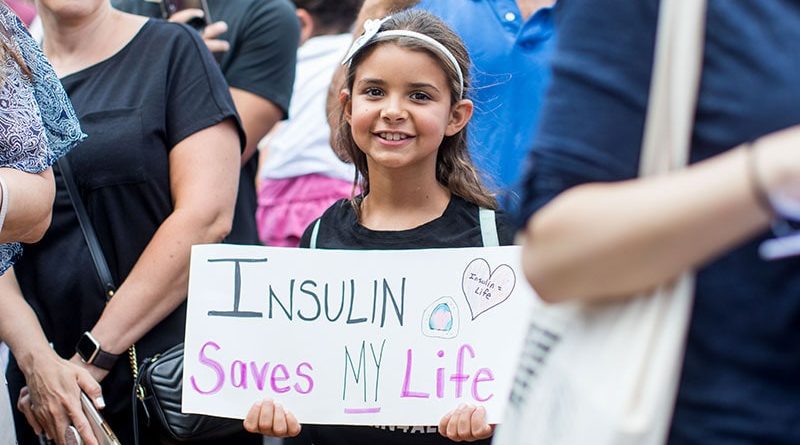Type 1 and Type 2 Diabetes Both Surged in US Kids
Researchers published the study covered in this summary on papers.ssrn.com (Preprints with The Lancet) as a preprint that has not yet been peer reviewed.
Key Takeaways
-
Data from the SEARCH for Diabetes in Youth Study (SEARCH) show a rising incidence of both type 1 diabetes and type 2 diabetes among US children and teenagers (< 20 years old) in 2002-2018.
-
In girls, those 15- to 19-years-old and all racial and ethnic minorities, the incidence of type 2 diabetes exceeded that of type 1 diabetes.
-
The rates of increase of both diabetes types were generally higher among several racial and ethnic minority populations compared with the non-Hispanic White population.
-
During the 17-year period studied, the incidence of type 1 diabetes rose by an adjusted average relative increment of 2.02%/year (among ages 0- to 19-years-old), and by 5.31%/year for type 2 diabetes (among ages 10- to 19-years-old).
Why This Matters
-
The increasing frequency of both type 1 and type 2 diabetes among children and teenagers is a growing clinical and public health concern because it will lead to increasing numbers with early diabetes complications.
-
This new analysis adds 3 years of incidence data to previously published SEARCH reports and is the first study to assess seasonality among children and teenagers with incident type 2 diabetes.
-
The increasing incidence of diabetes in US children and teenagers is in sharp contrast to a stable or declining incidence of diabetes in adults.
Study Design
-
SEARCH used a population-based registry for newly diagnosed children and teenagers with diabetes that includes surveillance for about 5 million youth in all or part of seven states.
-
This surveillance identified 18,169 people 0- to 19-years-old diagnosed with type 1 diabetes and 5293 people 10- to 19-years-old diagnosed with type 2 diabetes.
-
Annual incidence rates reflect the number of identified cases each year divided by the number of people in the surveillance networks over the same time period.
Key Results
-
A significant upward trend was found for the age-, sex-, race-, and ethnicity-adjusted incidence per 100,000 people per year for type 1 diabetes, which rose from 19.5 cases in 2002-2003 to 22.2 in 2017-2018, with an average annual relative increase of 2.02%.
-
For type 2 diabetes, the biannual rate rose from 9.0/100,00 in 2002-2003 to 17.9/100,000 in 2017-2018, an average annual increase of 5.31%.
-
Annual relative percent increases for type 1 diabetes were highest among Asian/Pacific Islander, Hispanic, and non-Hispanic Black youth at average rates of 4.84%, 4.14%, and 2.93%, respectively.
-
Annual relative percent increases for type 2 diabetes were also highest for Asian/Pacific Islander, Hispanic, and non-Hispanic Black youth at average rates of 8.92%, 7.17%, and 5.99%, respectively.
-
Peak incidence rates occurred at 10 years old for those who developed type 1 diabetes and at 16 years old for those who developed type 2 diabetes.
Limitations
-
The analysis used a descriptive statistical approach to identify the age at which participants had the maximum rate of diabetes incidence.
-
The data provided modestly lower case-ascertainment rates for teenagers who were 18- or 19-years-old.
Disclosures
-
SEARCH received no commercial funding.
-
None of the authors had disclosures.
This is a summary of a preprint research study, “Trends in incidence of type 1 and type 2 diabetes in youth, 2002-2018: SEARCH for Diabetes in Youth Study,” written by a team of researchers from several US centers available on Preprints with The Lancet brought to you by Medscape. The study has not yet been peer reviewed. The full text of the study can be found on papers.ssrn.com.
Source: Read Full Article



